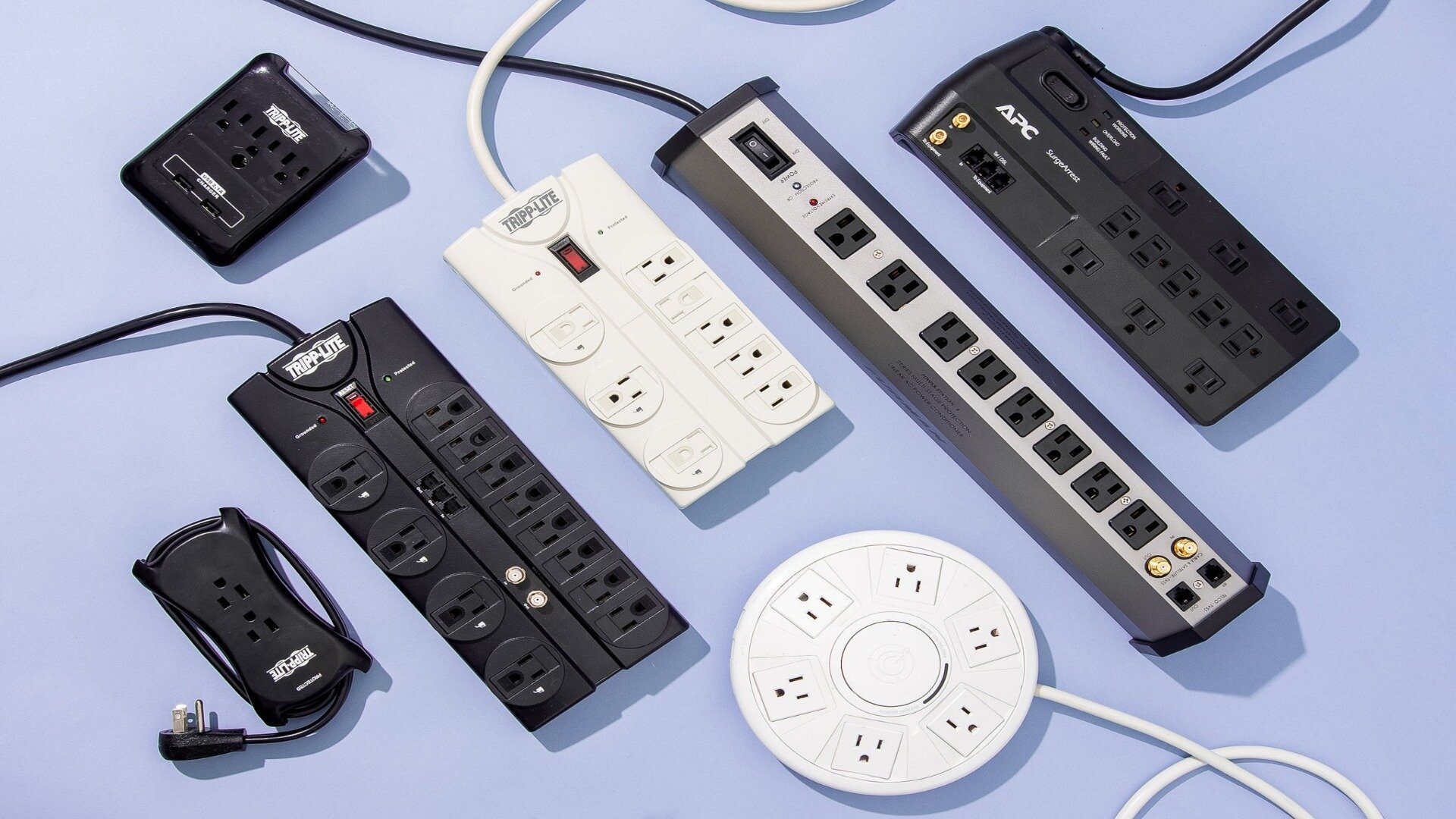
Power surges are short voltage spikes that can damage the intricate circuitry in your electronics. These unexpected jumps in voltage might harm your costly appliances and electronics. Thankfully, a surge protector offers a straightforward solution to prevent such expensive damage.
In this blog post, we’ll examine whether you need surge protectors for major appliances like refrigerators, washers, air conditioners, dryers, and more. Learn more about electrical renovation planning guide. We’ll also discuss the risks of power surges, explain how surge protectors work, and provide tips on the best surge protection for your home appliances.
You’ll learn which appliances are most vulnerable to electrical spikes and when investing in extra surge protection is worth it. Protecting your significant appliances from avoidable damage is simple with a suitable surge protector. Read on to learn all you need to know about surge protection for essential appliances.
Understanding Power Surges
Power surges occur when there is an unexpected interruption to the flow of electricity through the power grid. They are brief overvoltage spikes or disturbances of electrical power that can cause harm to electronics and appliances in your home. These surges are short bursts of extra voltage running through electrical wiring and circuits.
There are a few common causes of power surges, including lightning strikes, faulty wiring, switching on or off heavy equipment like large motors, damage to power lines, and defective appliances. Lightning is a significant source of power surges as it can induce strong spikes that travel through electrical systems. But surges can also originate from loose connections, frayed wiring, or overloaded circuits in your home’s electrical system.
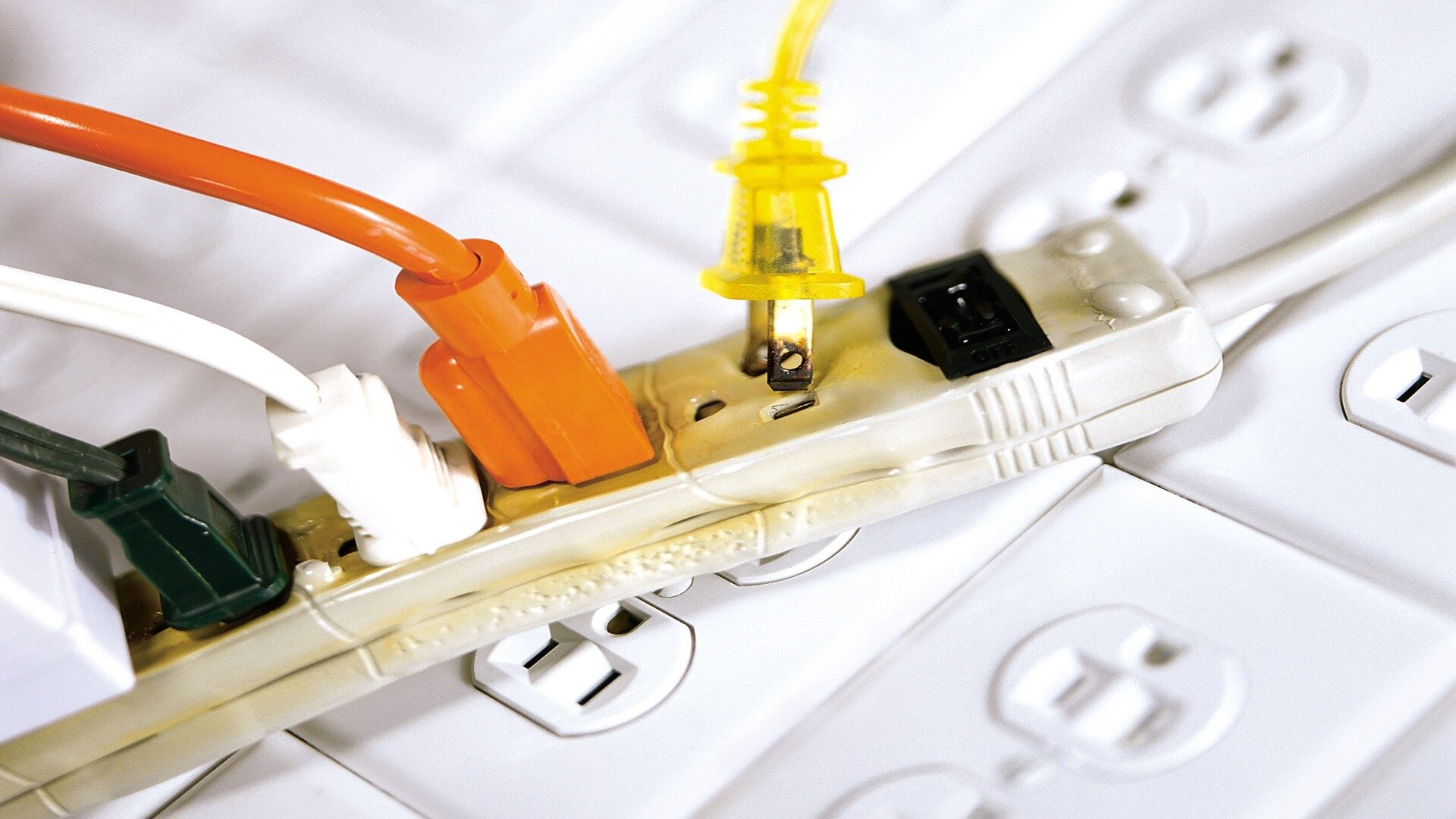
The startup current required by large motors, copiers, HVAC systems, and other heavy equipment can also produce power surges. Furthermore, any damage to electrical infrastructure from storms, animals, accidents, etc., can lead to unprotected surges coming through the wires. Malfunctioning appliances and high-powered electrical devices can improperly draw extra current, leading to a voltage spike.
Power surges can range from minor disturbances of a few volts to huge spikes of thousands of volts. These short bursts of excess voltage can potentially damage or fry the delicate circuitry of your expensive appliances and electronics. That’s why surge protection is highly recommended for sensitive plugged-in devices and appliances.
The Role of Surge Protectors
Surge protectors shield your electronics from potentially harmful power surges. They work by diverting unexpected spikes in voltage to the ground, keeping it away from your devices before any damage can occur.
Special components like MOVs (metal oxide varistors) or silicon avalanche diodes limit voltage spikes by diverting excess current inside the protector. When a power surge occurs, the safe voltage passes through the surge protector to your appliance while the excess current gets absorbed and grounded.
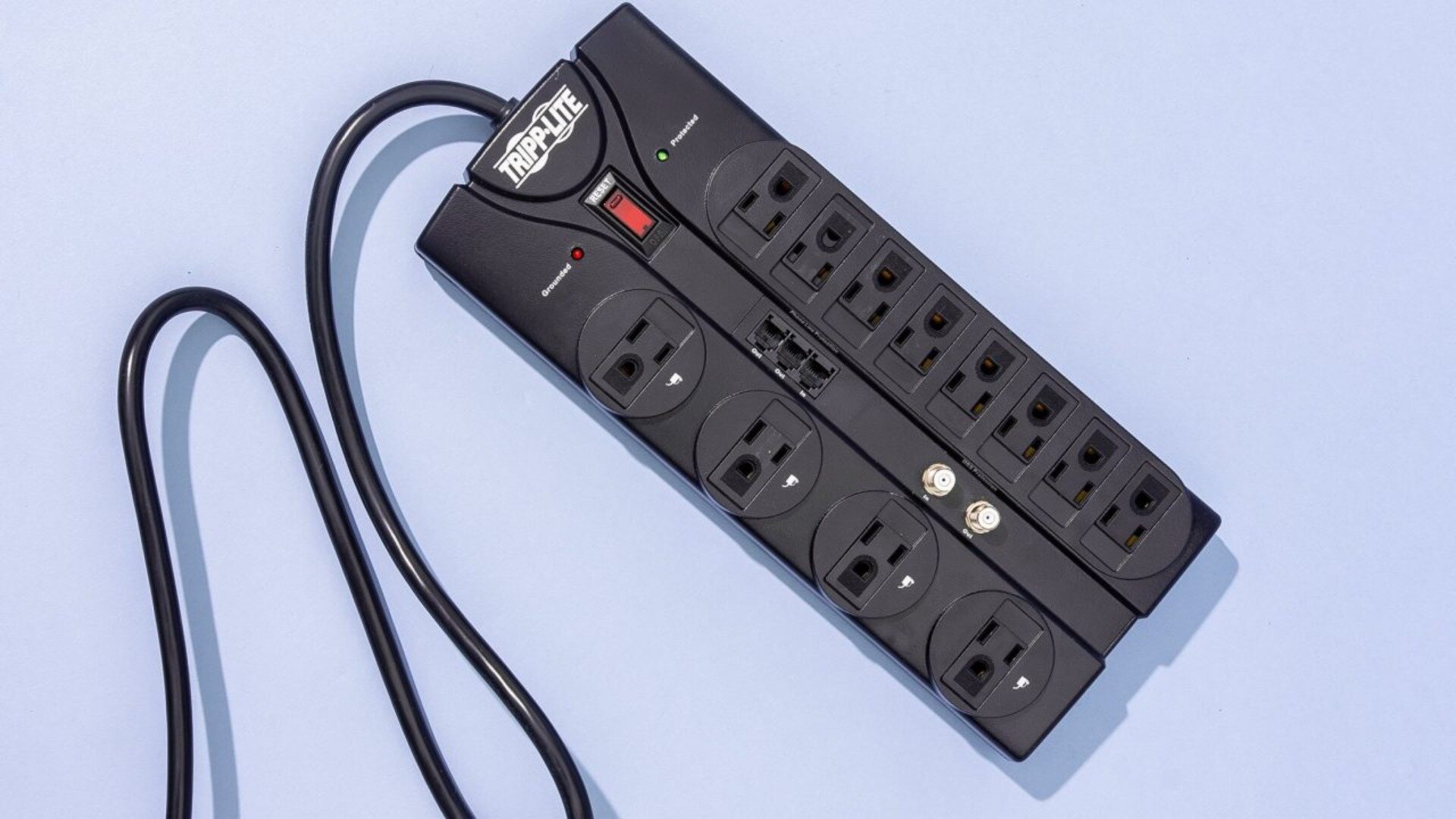
A good surge protector will absorb thousands of joules of energy from a surge, ensuring your connected equipment avoids any voltage over the safe threshold. This keeps your devices running smoothly, even if the power supply experiences occasional spikes from lightning, faulty wiring, or other typical surge causes.
Installing surge protectors and properly grounding them creates a path of least resistance for diverted surges. This provides inexpensive but reliable protection for a home’s worth of appliances and electronics. Overall, surge protectors play a critical role in any home electrical system, defending your valuable equipment against sudden power anomalies.
Benefits of Using Surge Protectors
Using quality surge protectors on your appliances gives you solid protection from damaging power spikes. Here are four main benefits you’ll get by using them:
Prevent damage to electronics.
Surge protectors prevent power surges from reaching sensitive electronics, saving you from costly repairs or replacement of damaged appliances.
Avoid data loss
For electronics like computers and entertainment centres, surge protection prevents voltage spikes from corrupting or destroying unsaved data.
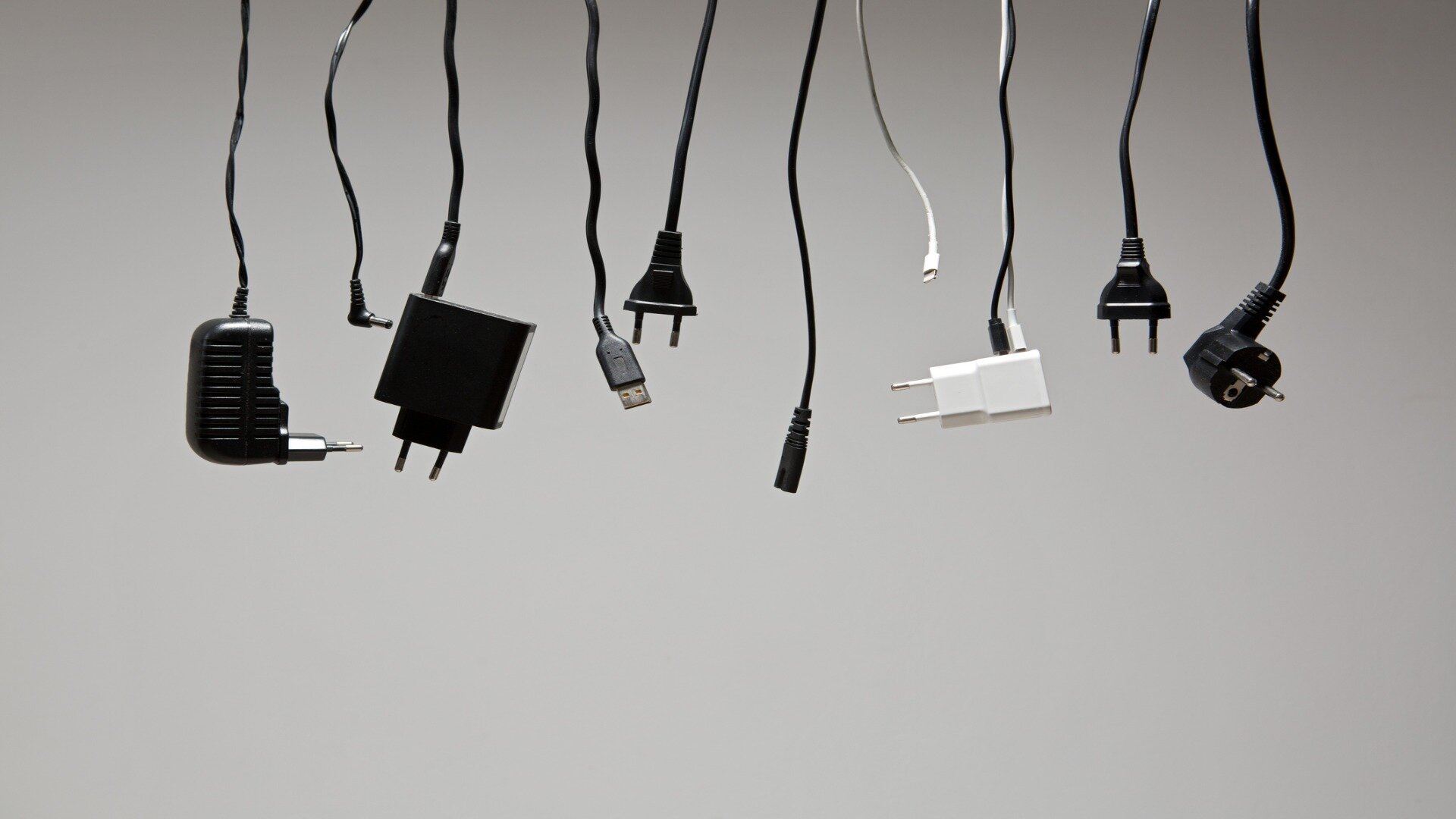
Increase safety
By safely diverting excess voltage to the ground, surge protectors reduce the risk of overheating and fires from power surges, providing an extra layer of electrical fire safety.
Extend equipment life
By clamping voltage down power surges, your appliances avoid unnecessary wear and tear on critical components like motors and control boards. Surge protection helps extend the operating life of equipment.
Using surge protection strips or outlets is a simple and affordable way to realise these benefits. Protecting your major appliances and home electronics results in reliability, data security, safety, and long-term savings.
Common Misconceptions
There are some common myths about power surges and surge protectors. One big misconception is thinking regular power strips or outlets offer enough protection. Most power strips only increase outlet count and lack the components needed for surge protection.
Another misconception is that appliances don’t need protection if they have metal enclosures or bodies. However, metal components do not prevent damage from surges travelling through wires and internal circuitry.
Some also believe bigger appliances like refrigerators and washing machines are immune to surges. However, large appliances contain digital controls, motors, and other vulnerable electrical components.
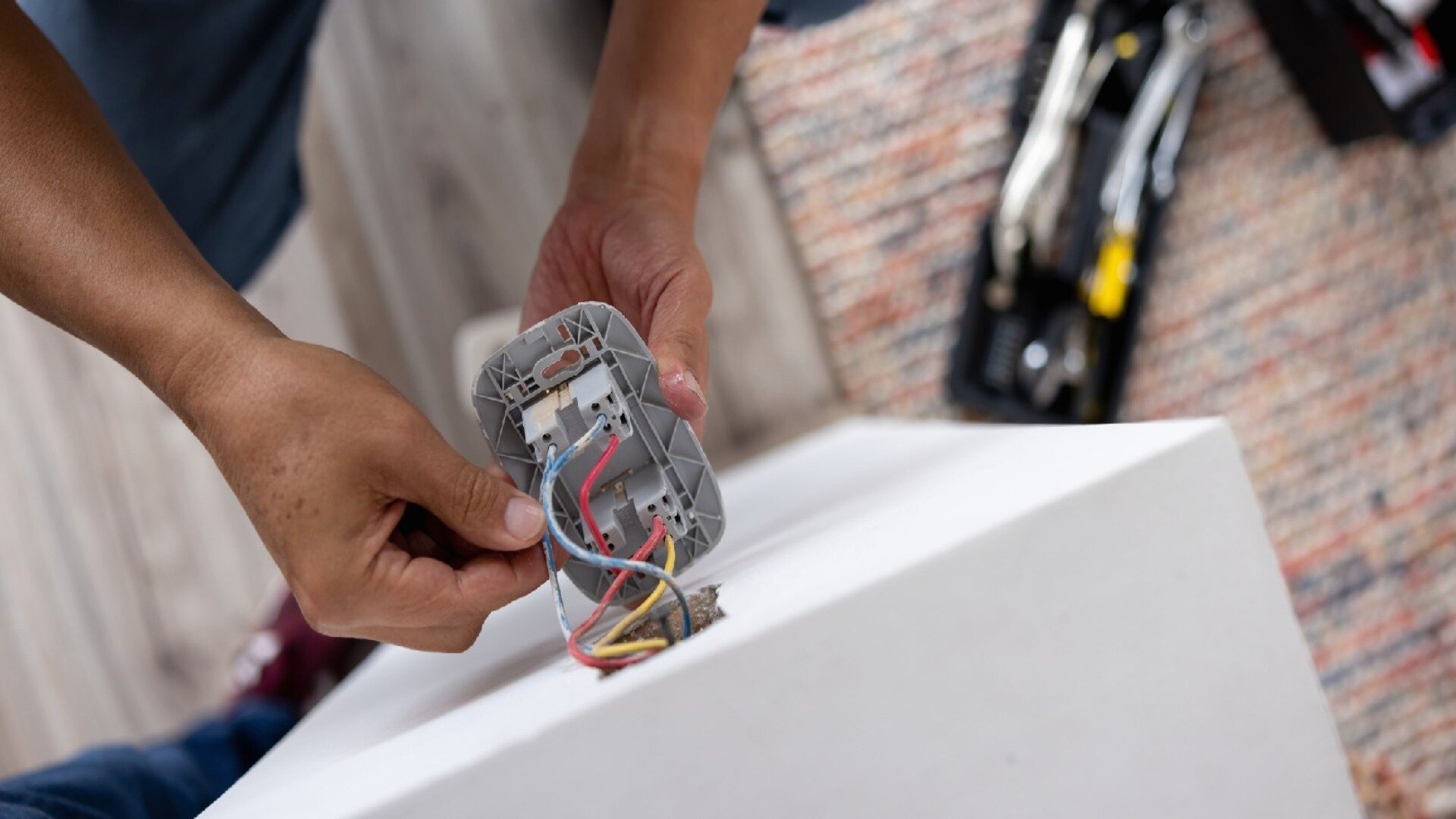
During a surge, costly control board or interface panel failures can occur in bigger units. Additionally, many feel surge protection is unnecessary if your appliances are covered by insurance. However, the deductible and claim process could be more convenient than inexpensive surge protector replacement.
Finally, there is the misconception that surge protectors never need replacement. Surge protectors can wear out after absorbing multiple large surges over time. Most experts recommend replacing your surge protector every 2-3 years to ensure continued protection. Proper surge protection involves more than just a power strip or outlet alone. Researching the right solutions for your home’s appliances provides lasting defence against costly power events.
Tips for Using Surge Protectors Effectively
While having quality surge protectors is crucial, following some tips ensures you get the most out of them. Firstly, plug your appliances directly into surge protectors or power strips that have built-in protection.
Do not plug a surge protector into another strip without protection. Connecting surge protectors in series reduces overall protection. It’s also essential to only plug appliances directly into the protected outlets. Even when the surge protector properly diverts a surge so your electronics aren’t damaged, the protector can be damaged. Look for surge protectors with an Indicator Light that will tell you if the surge protectors are still working effectively. Indicator Lights Surge protectors only have a limited lifespan depending on how hard they work.
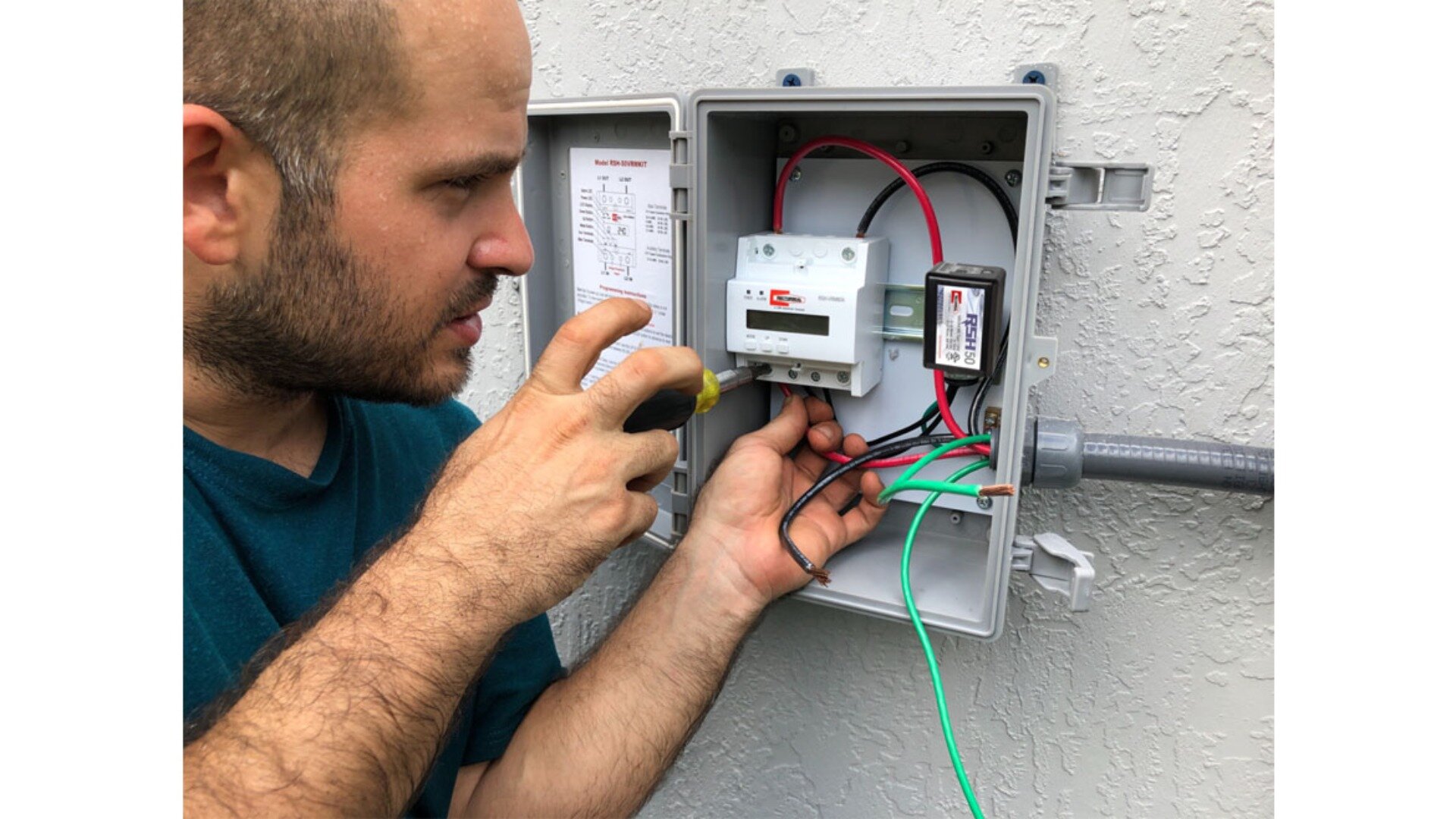
Avoid plugging extension cords and non-protected strips into your surge protector. This can compromise the safety of the electrical appliances by bypassing the protective components inside. Another tip is monitoring notification lights to know if your surge protector still offers complete protection.
Additionally, don’t obstruct the airflow around your surge protector, as the components can overheat. Allow space for cooled ventilation to prevent failure. Lastly, if one exists, test grounding periodically by pressing the GFCI “Test” button. This ensures proper function to divert electrical surges safely. Following these simple guidelines allows your quality surge protectors to defend your high-value appliances effectively from the threat of power surges.
Shield Your Appliances
Safeguarding your pricey appliances from harmful power surges is straightforward with a good surge protector. They’re an affordable defence against the damage sudden voltage spikes can cause. Whether it’s a fridge, washer, computer, or TV, linking them to a grounded surge protector gives you peace of mind without breaking the bank. For more details, check out our guide on home wiring.
By adequately installing surge protection, you avoid the hassle and costs of repairing or replacing equipment damaged by electrical spikes. For both large and small appliances, the minimal investment in surge protection now prevents headaches later.
As local electricians, Enersol Electrical understands power systems and how best to protect your appliances. Contact our team today to discuss implementing whole-home surge protection to defend your investment in major appliances.
We offer professional guidance on selecting the proper surge protectors to keep your household electronics running smoothly for years to come. Don’t leave your valued appliances at risk - effective and affordable surge protection is just a quick call away.